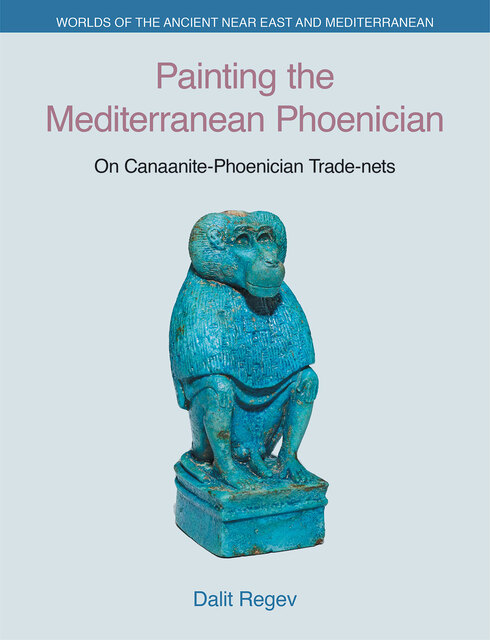Regev/Painting the Mediterranean, 7. Conclusions

Full description
The Canaanite-Phoenicians lived in Canaan-Phoenicia, a term that is synonymous with the Levant and which designates the entire eastern Mediterranean coast and some adjacent hinterland, from Alexandretta Bay in the north to Rhinokorura (El-‘Arish) in the south. Similarities in pottery, architecture, metal vessels, figurines, and religious symbols from the Late Bronze Age into the Iron Age demonstrate that the Iron Age Phoenicians were the direct successors of the Bronze Age Canaanites. By the Late Bronze Age, the Canaanite-Phoenician culture was a fusion of Canaanite, Egyptian, Hittite, and Mesopotamian cultures. The new combination merged into a familiar Phoenician style which spread throughout the Mediterranean. The Canaanite-Phoenician ethnic, political, and religious identity terminated with the rise of Islam and the conquest of their homeland in the Levant.
- typeImage
- created on
- file formatjpg
- file size237 KB
- container titlePainting the Mediterranean Phoenician: On Canaanite-Phoenician Trade-nets
- creatorDalit Regev
- isbn9781781798270 (eBook)
- publisherEquinox Publishing Ltd.
- publisher placeSheffield, United Kingdom
- rights holderEquinox Publishing Ltd.
- series titleWorlds of the Ancient Near East and Mediterranean
- doi
We use cookies to analyze our traffic. Please decide if you are willing to accept cookies from our website. You can change this setting anytime in Privacy Settings.
